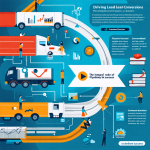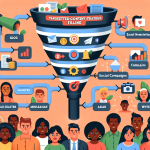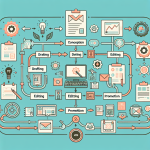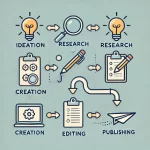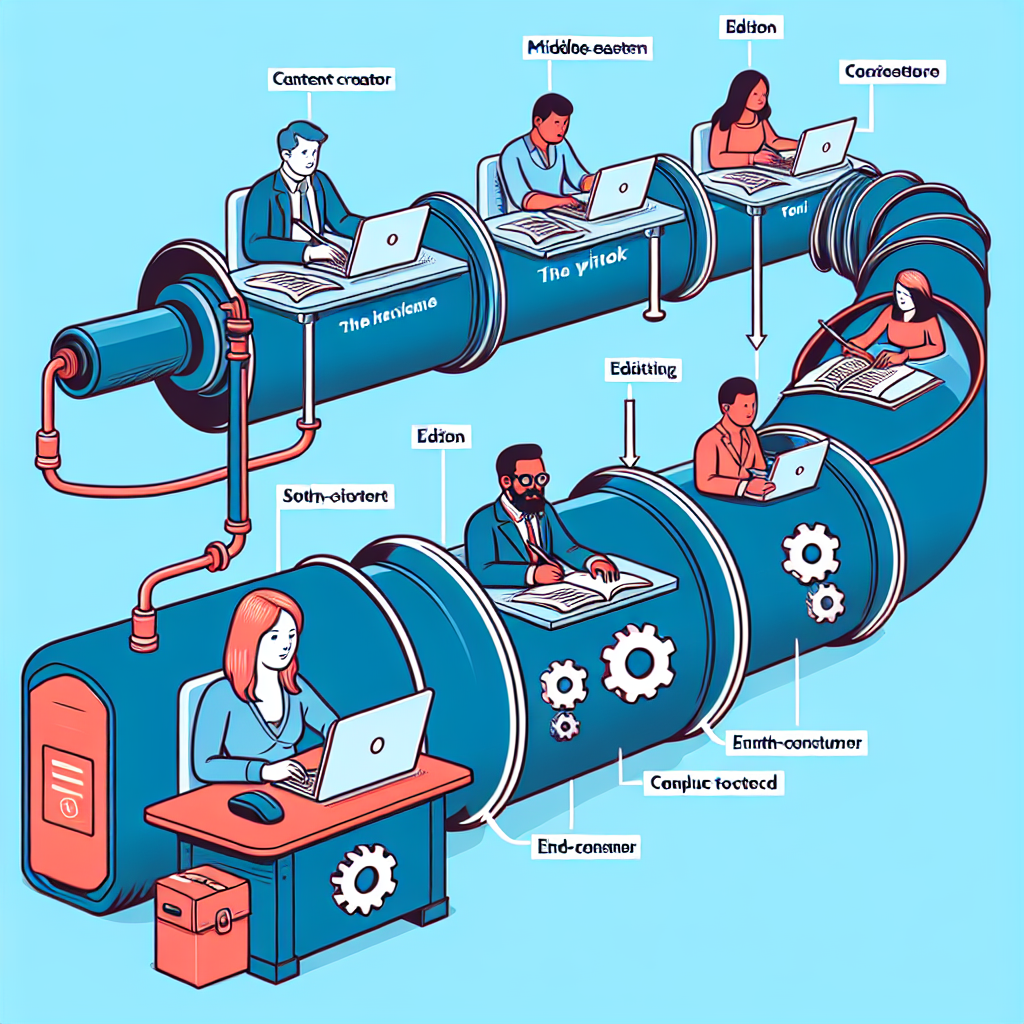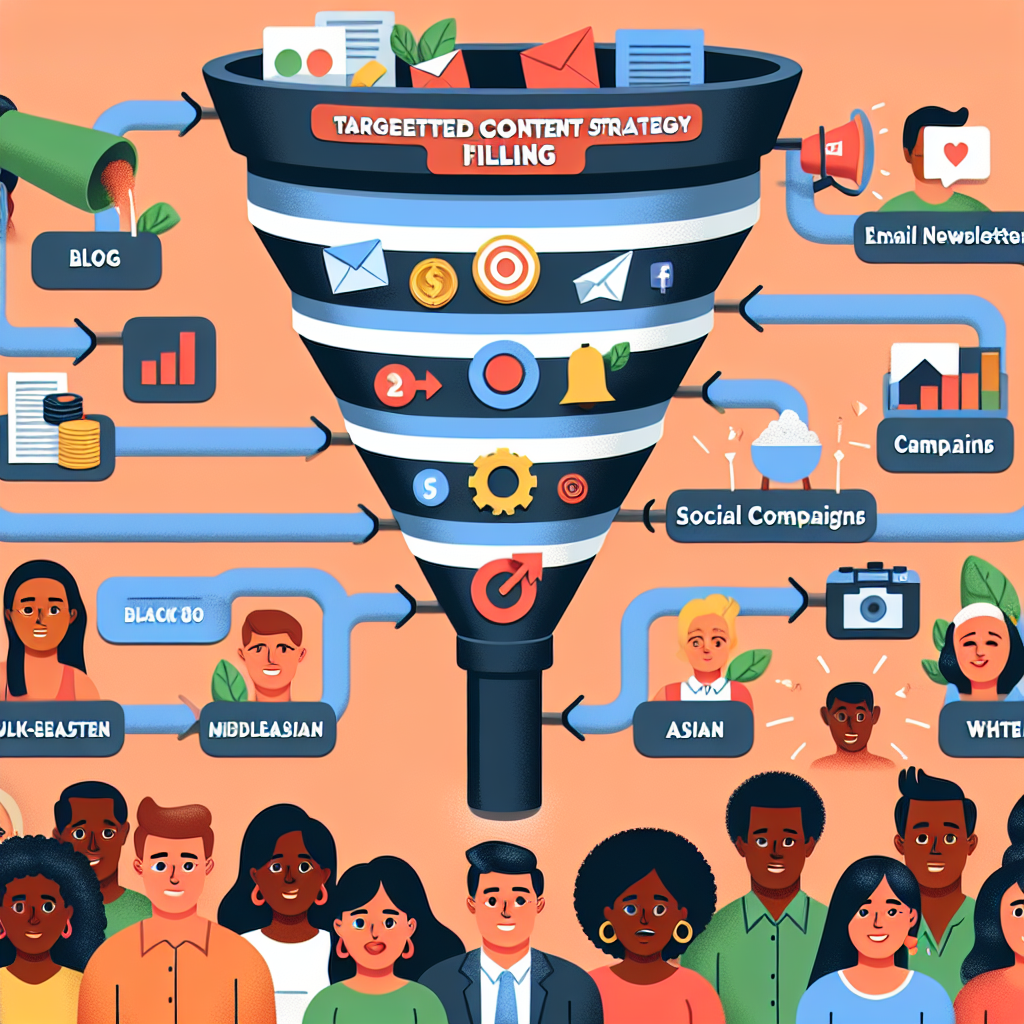The allure of integrating AI into our content strategy was its promise to streamline our processes and improve efficiency. At first, I was skeptical. Would an AI really grasp the nuances of our professional industry? Would it align with our existing voice and values? These questions were at the forefront of my concerns. Yet, the potential benefits prompted further exploration into how AI could modernize content production and help us engage more effectively with our audience.
Our Journey with AI Content Tools
Initially, the setup seemed daunting—we had to choose the right tool, configure it according to our specific needs, and train our team to maximize its potential. Our practice selected a tool that promised easy integration with WordPress, a platform we were already familiar with. The learning curve was steep, but witnessing the seamless creation and curation of content was extraordinary.
During our trial phase, the tool not only expedited content creation but also provided insightful analytics that we hadn’t accessed before. It was like having an additional team member who worked around the clock, tailoring drafts, optimizing for SEO, and even suggesting trending topics based on our audience’s interests. The precision and personalization it brought into our content were game-changers.
Lessons We Learned
Embracing AI taught us significant lessons about adaptability and innovation. We realized the importance of staying ahead of industry trends and leveraging technology to maintain relevance and build trust with our clients. The experience reshaped our approach, emphasizing the integration of automated solutions while safeguarding the human touch that defines our practice’s unique identity.
Ultimately, it wasn’t just about automated content; it was about enhancing the quality and reach of our communication efforts. The tool’s ability to produce dynamic, engaging, and timely content meant that we could focus more on strategic tasks and client engagement, further cementing our authority in the field.
Connecting to a Larger Trend
This experience echoes a broader trend within the SMB and professional practices community—a shift towards digital transformation and the strategic incorporation of AI to optimize business processes. According to various industry experts, AI is not merely a fad; it’s a fundamental shift in how content is generated and consumed.
While some practitioners might be hesitant to adopt AI, the rapid advancements and proven track record of AI tools in driving efficiency and building trust are hard to ignore. It’s about using these insights to foster stronger relationships with the audience and maintaining a robust online presence.
Conclusion and Next Steps
The key takeaway from our journey is clear: the integration of an AI content creation pipeline tool is instrumental in building attraction and trust with clients. These tools are not just facilitators but partners in progress, enhancing our ability to communicate and resonate with our audience.
For others considering this transition, I suggest starting small, monitoring outcomes, and iterating based on feedback. Embrace the possibilities and allow AI to become a catalyst for growth.
For further reading on AI’s impact in content marketing, I recommend exploring resources that delve into leveraging these tools effectively. As the landscape evolves, staying informed will ensure that you’re not left behind.
Related Posts:












